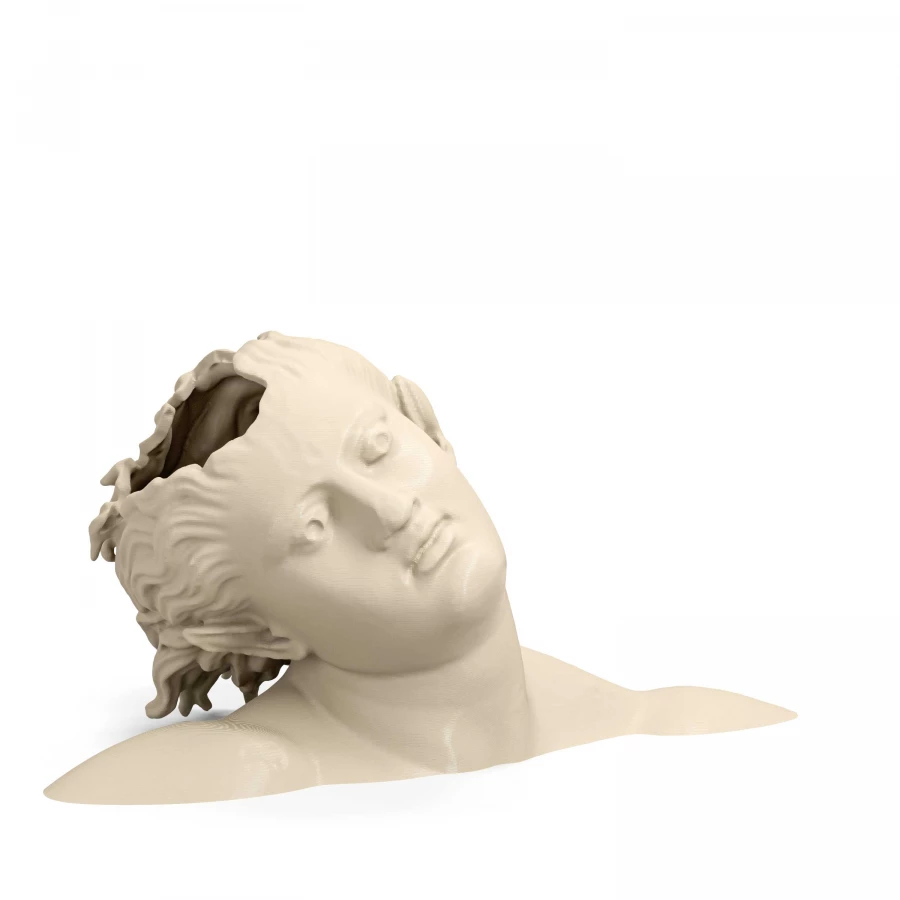Dancing Satyr Museum
Welcome to the "Dancing Satyr" collection, a singular testament to the sublime Dancing Satyr of Mazara del Vallo, a masterpiece of antiquity ensconced in the heart of Sicily. This solitary sculpture, housed in its dedicated museum, is a symphony of dynamic movement and expressive force, encapsulating the mirthful spirit of the Satyr in the heart of every art enthusiast.
The artclone of the Dancing Satyr, meticulously crafted under the guidance and direct licensing from the museum, is a masterstroke of replication. Our manufacturing process guarantees for the utmost fidelity in every curve and contour, capturing the vivacious energy and compelling allure of the original. This dedication to authenticity ensures that each artclone holds within it the artistic and historical resonance of the Satyr, bridging the gap between antiquity and the contemporary admirer.
Immerse yourself in the world of the "Dancing Satyr Museum" collection, and invite the timeless elegance and captivating charisma of the Satyr into your space.
- What differentiates an artclone from a replica?
- What is the artclone effect?

